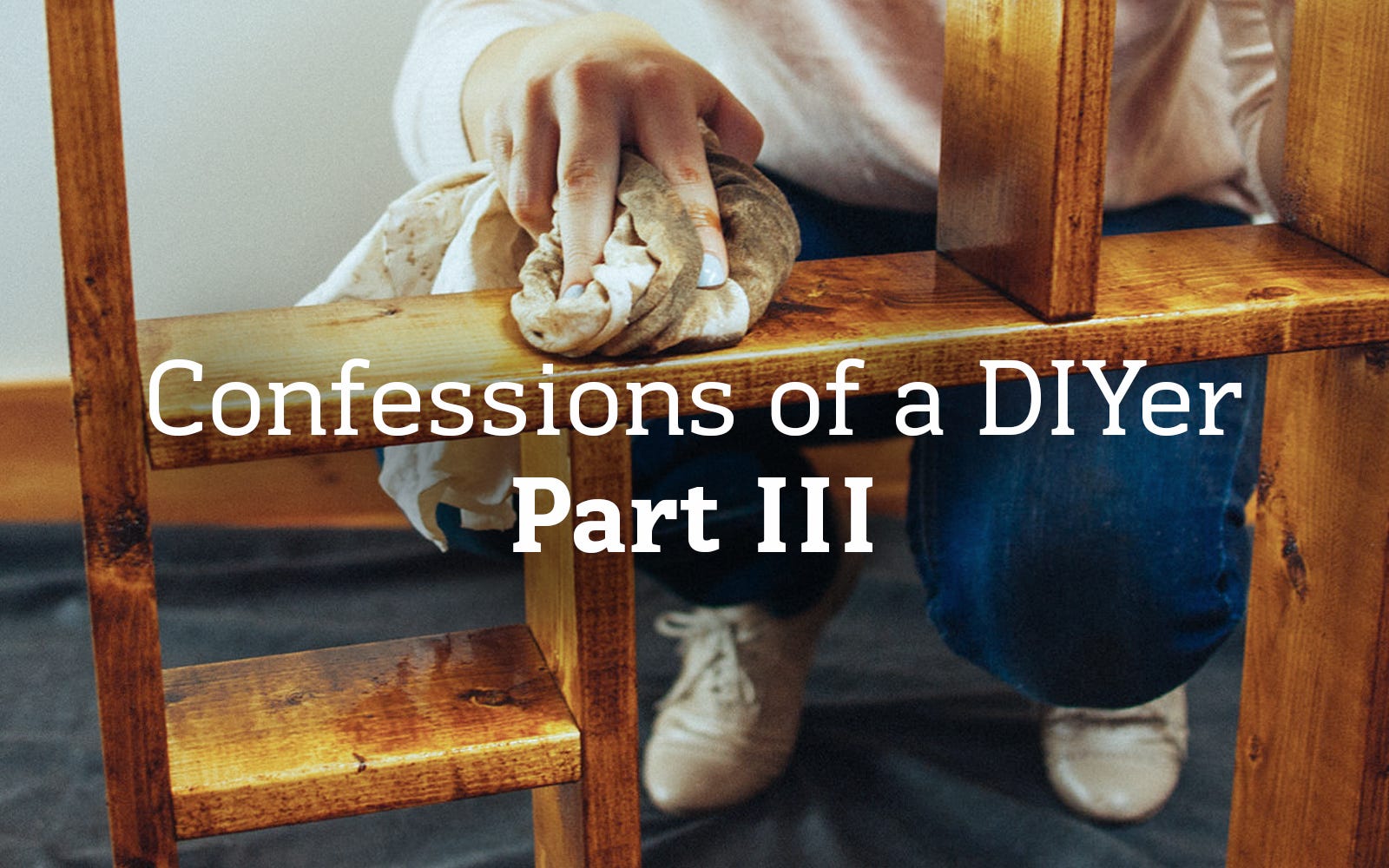
"Not every DIY project goes as planned (you've seen Pinterest fails, right?). There will be good, there will be bad, there will be ugly, but we want to tell you: Don't lose heart. Here is part three of our series on DIY projects gone wrong."
Test You know the old saying measure twice cut once? Well, I have a confession.... My DIY process tends to be more guess work than planning and preparedness. It goes like this: make the cuts, start the project, then realize I’ve made a mistake only to go back and try it again.
As a DIYer you need that little bit of “wing-it-ness” and gumption—that confident can do mentality that enables you to try a new project. The problem comes when that confidence trumps planning and preparation and creates a chaotic scramble to the finish line of being DIY DONE.
Case in point, several weeks ago I met up with Tori and Ben to build a planter. You’ll see it on the blog soon. What a lovely Saturday morning activity! How inspired you will feel after reading it. You'll be ready to tackle your next DIY project with gusto.
However, while we did have lots of fun, this project was a lot harder than it appeared on paper, and it took several tries to reach our final piece.
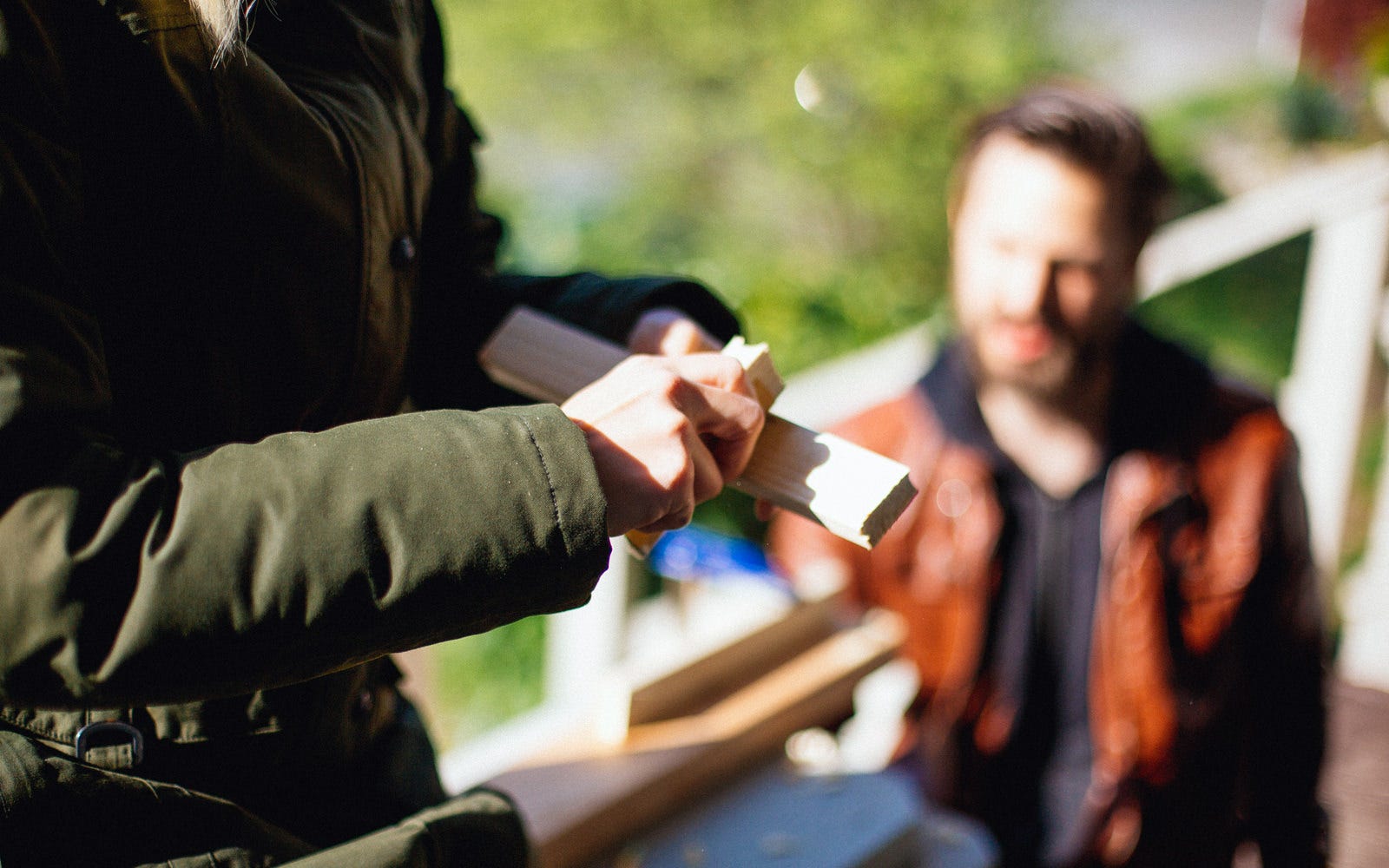
As we skimmed through the project we noted it suggested using a drill press, but assured us that a drill and forstner bit would suffice. When we first attempted this project, we free handed it with a drill and bit. The result was a lopsided planter that was very wobbly because the cuts weren’t precise. Below is a picture of our makeshift drill press. Confession: It didn't work.
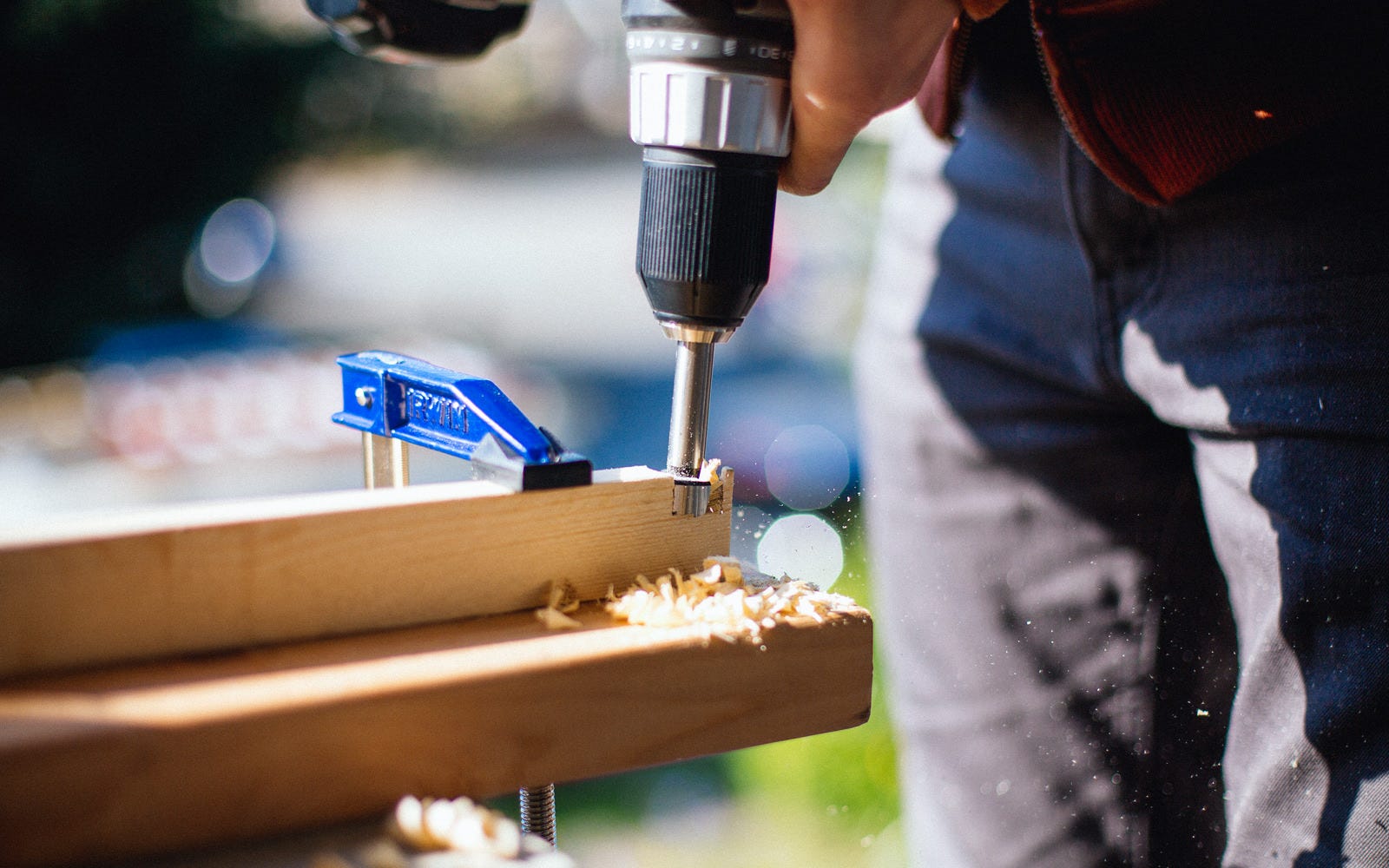
Thankfully my friend Jon has a drill press so we are in the process of recutting the pieces to fix the planter. Sometimes it just takes several tries. Below is a picture of the wonky plant stand. Be on the look out for the finished product in a few weeks.
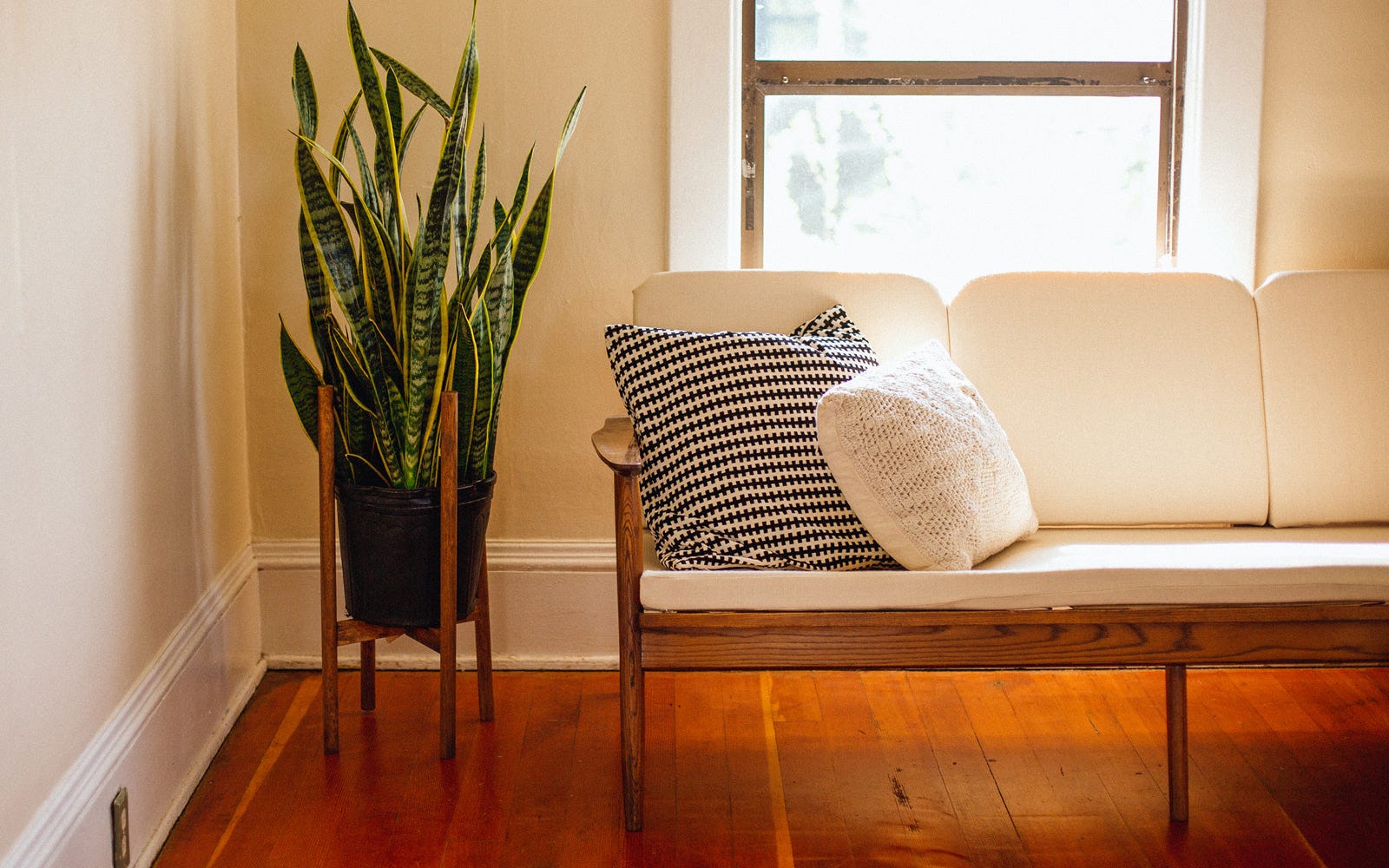
Moving forward, I’m going to adopt the “Measure Twice” mentality and save myself and others a bit of the chaos of my creative process. Here are some simple steps I’m starting to employ that will help me plan and anticipate while being able to go with the flow when something unexpected happens:
1. Read the Directions
I know it seems simple, but make sure to always take the time and read through each step of the project.
2. Write out the steps
This helps you know what you’ll need, what changes you want to make, and what to communicate to others involved in the process. Include measurements and any personalized aspects of the project.
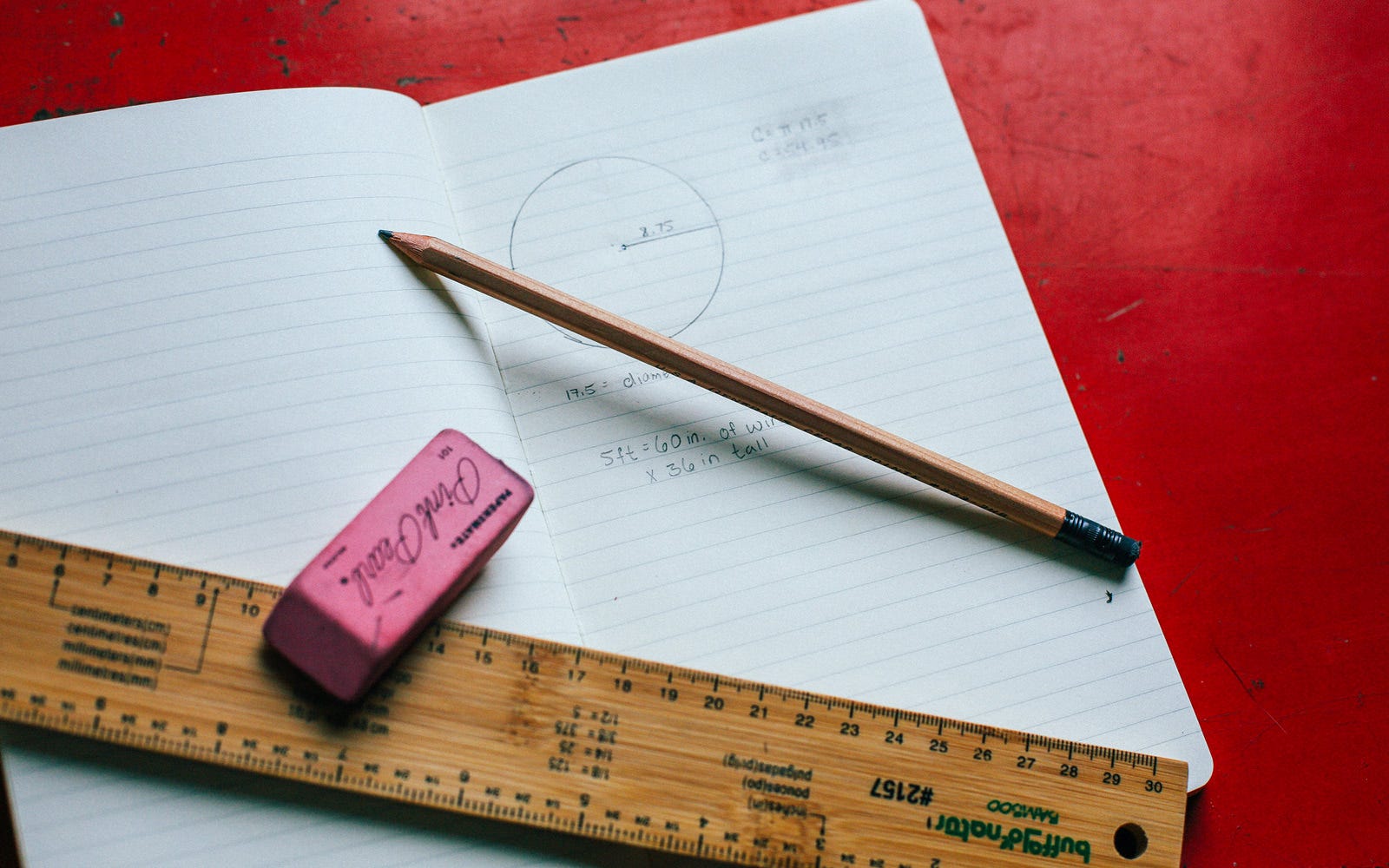
3. Assemble all the supplies you’ll need
Make a list of supplies you’re missing, so that you only have to make one trip to Dunn Lumber, not five!
That’s it. By taking the time to properly prepare for a project you can save lots of time, money, and frustration.



